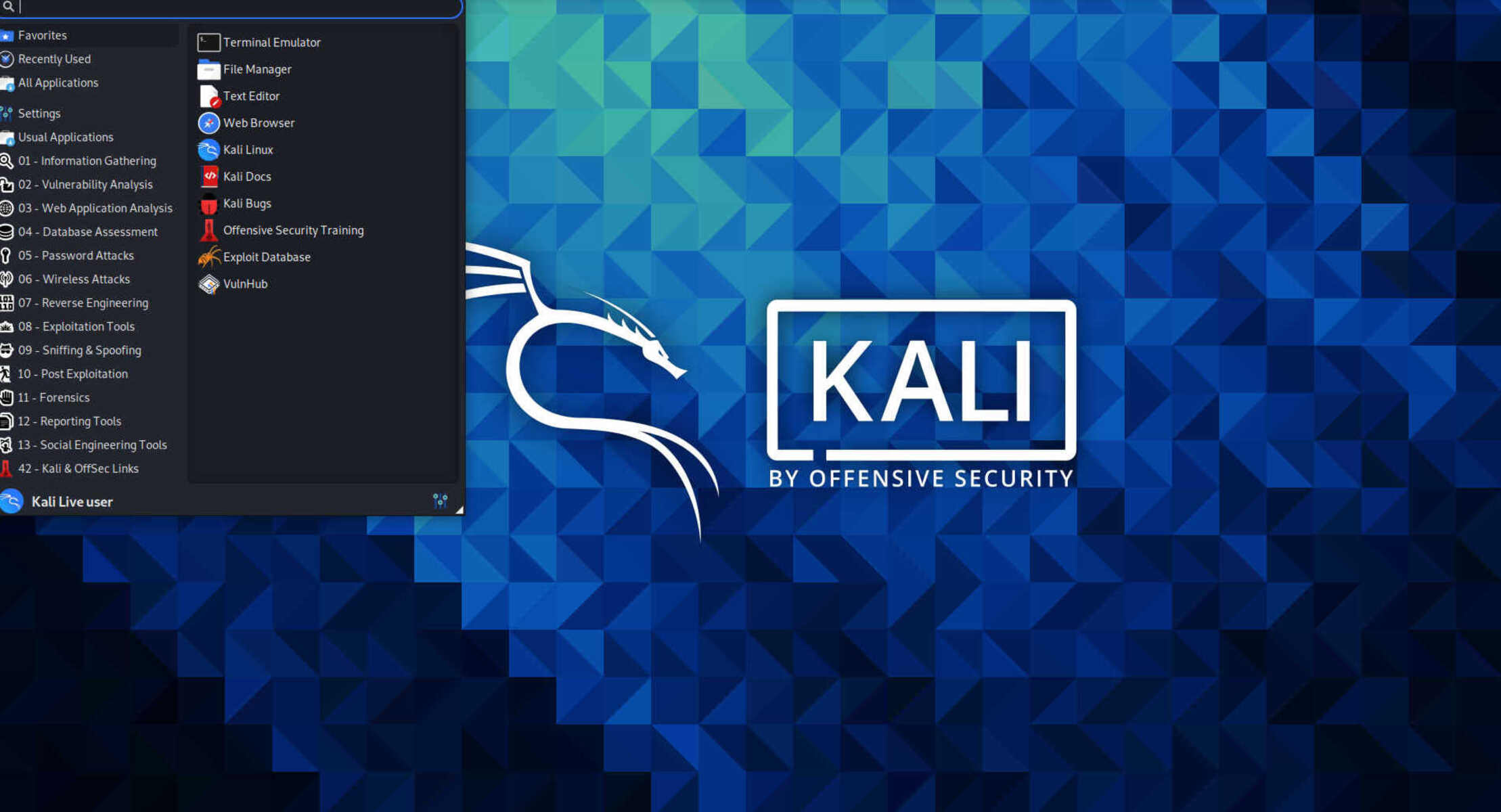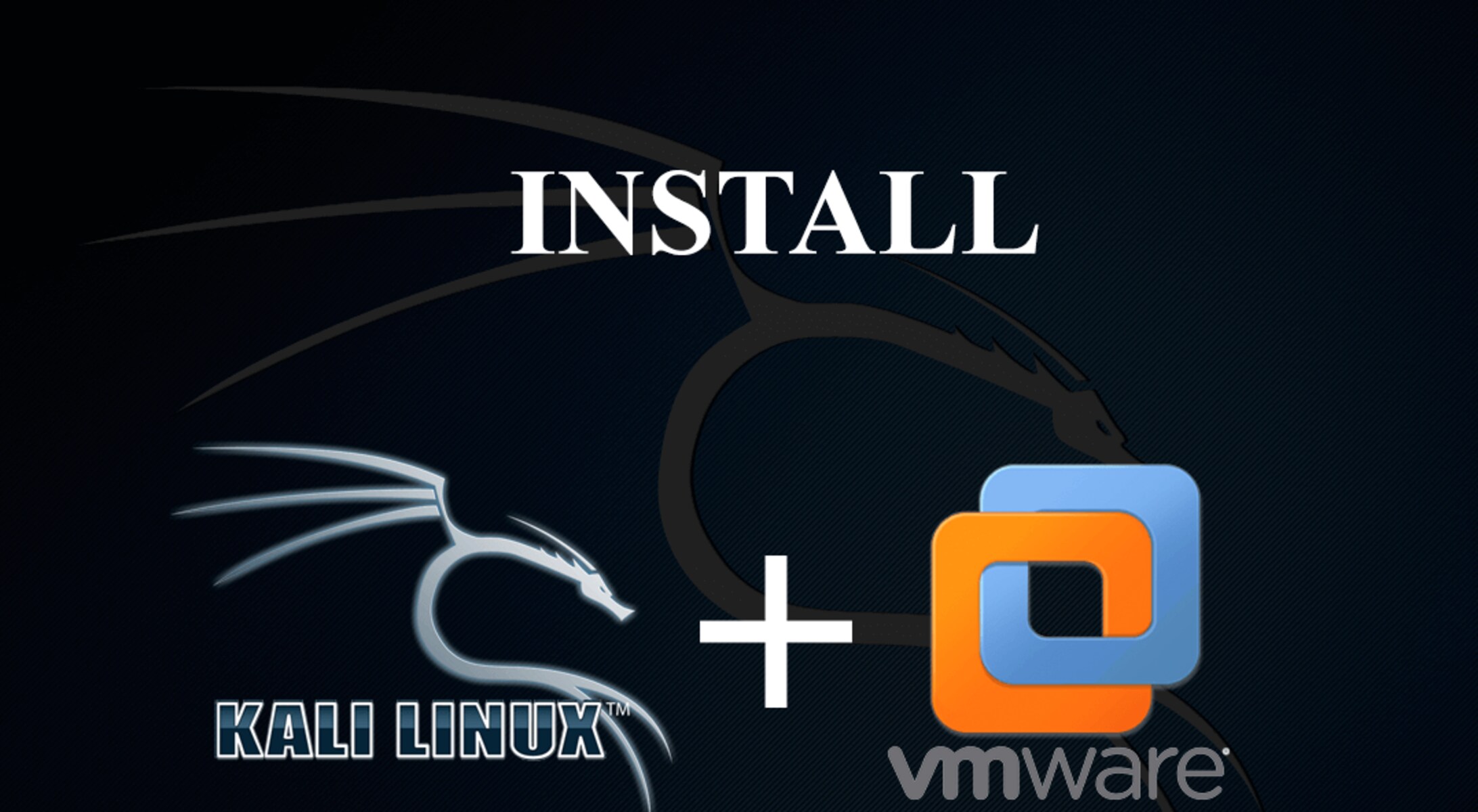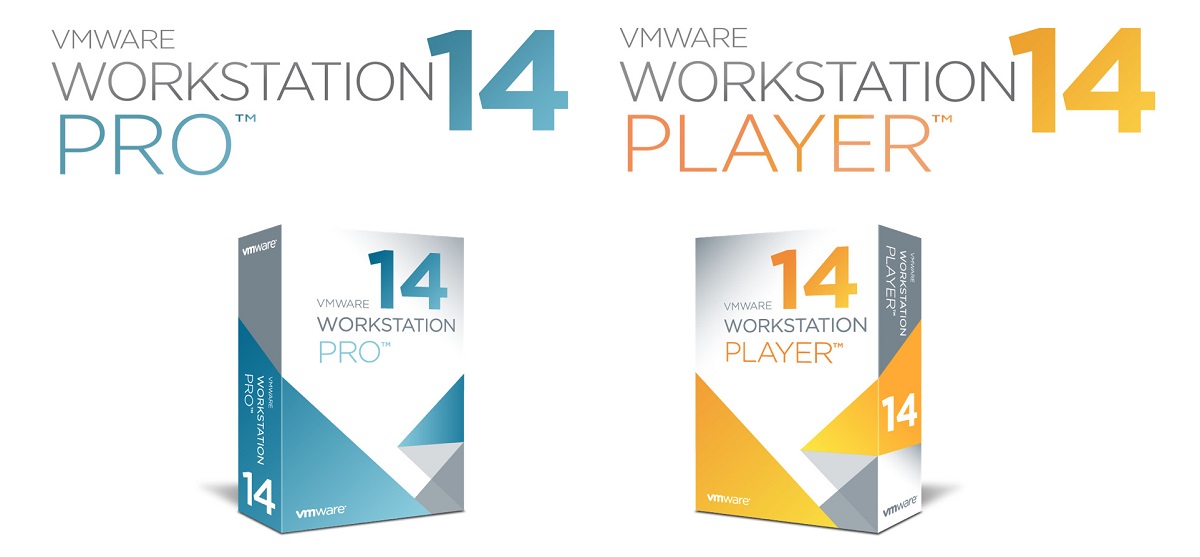Introduction
Upgrading a virtual machine in VMware Workstation is a crucial task for users who rely on virtualization to power their workloads. Whether you’re a developer, IT professional, or tech enthusiast, keeping your virtual machines up to date ensures optimal performance, compatibility with new software, and access to the latest features.
A virtual machine (VM) is a software emulation of a physical computer that runs on top of your existing operating system. It allows you to create multiple instances of different operating systems or applications within a single computer. This flexibility is particularly useful for testing new software, creating server environments, or isolating potentially harmful applications.
However, as technology advances and new versions of operating systems and applications are released, it becomes necessary to upgrade your virtual machines to keep them running smoothly and securely. Upgrading a virtual machine involves updating its virtual hardware components to match the latest standards and features supported by VMware Workstation.
This article will guide you through the process of upgrading a virtual machine in VMware Workstation, covering the necessary steps to ensure a successful upgrade. We will discuss understanding virtual machine upgrades, preparing for the upgrade, and the step-by-step process to upgrade the virtual hardware and adjust settings. By following this guide, you will be able to seamlessly upgrade your virtual machines and take full advantage of the latest features and enhancements within VMware Workstation.
Understanding virtual machine upgrades
Before diving into the process of upgrading a virtual machine, it’s important to understand the concept of virtual machine upgrades and why they are necessary. Virtual machine upgrades involve updating the virtual hardware components of a virtual machine to match the latest standards and features supported by VMware Workstation.
The virtual hardware components of a virtual machine include the virtual processor, memory, network adapter, disk controller, and other virtual devices. These components determine the performance, functionality, and compatibility of the virtual machine.
As technology advances and new versions of VMware Workstation are released, virtual hardware upgrades become necessary to take advantage of the latest features and improvements. Upgrading the virtual hardware allows you to access new functionalities, enhance performance, and ensure compatibility with the latest software.
Additionally, upgrading virtual machines ensures that they remain secure and protected against potential vulnerabilities. With each new release, VMware addresses security issues, patches vulnerabilities, and improves overall system stability. By upgrading your virtual machines, you can benefit from these security enhancements and keep your data and applications safe.
It’s important to note that virtual machine upgrades are not backward compatible. This means that once you upgrade a virtual machine to a new version of VMware Workstation, it may not be compatible with older versions of the software. Therefore, it’s essential to consider compatibility requirements and potential implications before performing an upgrade.
When it comes to virtual machine upgrades, it’s recommended to stay up to date with the latest version of VMware Workstation and upgrade your virtual machines accordingly. This ensures that you have access to the newest features, improvements, and security enhancements.
In the next section, we will explore the necessary steps to prepare for a virtual machine upgrade, including checking compatibility requirements and backing up your virtual machine. By following these steps, you can avoid any potential issues and ensure a smooth and successful upgrade process.
Preparing for the upgrade
Before diving into the upgrade process, it’s crucial to take some essential steps to ensure a smooth and successful virtual machine upgrade in VMware Workstation. The following steps will help you prepare for the upgrade and minimize the risk of data loss or compatibility issues.
Step 1: Check compatibility requirements: Before upgrading your virtual machine, it’s important to verify that the new version of VMware Workstation is compatible with your host operating system. Check the VMware Workstation documentation or website for compatibility information to ensure a seamless upgrade process.
Step 2: Backup your virtual machine: While the upgrade process is generally safe, there is always a small risk of data loss or unexpected issues. It’s crucial to create a backup of your virtual machine before proceeding with the upgrade. This will allow you to restore your virtual machine in case something goes wrong during the upgrade process.
You can create a backup by simply copying the virtual machine files to an external storage device or utilizing a backup solution designed for virtual machines. Be sure to include all the necessary files, such as the virtual disk file (VMDK), configuration files (VMX), and any additional files associated with the virtual machine.
Step 3: Update VMware Workstation: Before upgrading your virtual machine, ensure that you are using the latest version of VMware Workstation. Updating to the latest version ensures that you have access to the most recent features and improvements, providing a better overall experience. Check for updates through the VMware Workstation interface or visit the official VMware website to download the latest version.
Once you have completed these preparatory steps, you are ready to proceed with the virtual machine upgrade process. In the following steps, we will guide you through the process of upgrading the virtual hardware and adjusting the virtual machine settings to ensure optimal performance and compatibility with the new version of VMware Workstation.
It’s important to note that in some cases, depending on the version of VMware Workstation you are upgrading from, there may be some specific considerations or additional steps required. It’s always a good idea to consult the documentation or support resources provided by VMware for any version-specific instructions or recommendations.
Step 1: Check compatibility requirements
Before proceeding with the upgrade of your virtual machine, it is crucial to check the compatibility requirements between the new version of VMware Workstation and your host operating system. This step ensures a smooth and hassle-free upgrade process.
Start by referring to the official VMware Workstation documentation or the VMware website to find the compatibility information for your host operating system. VMware provides comprehensive compatibility lists that outline which versions of Workstation are compatible with different operating systems, including Windows, macOS, and Linux.
Take note of the minimum requirements for the new version of VMware Workstation, such as the required amount of RAM, disk space, and supported processor architectures. Ensure that your host system exceeds or meets these requirements to guarantee proper functioning and performance after the upgrade.
It’s also essential to consider compatibility with any other software or hardware components that interact with VMware Workstation. For example, if you have virtualization extensions enabled in your computer’s BIOS, ensure that they are supported by the new version of VMware Workstation.
Another crucial aspect to consider is the compatibility of your virtual machines with the new version of VMware Workstation. Ensure that the virtual machines you plan to upgrade are compatible with the latest virtual hardware and features provided by the newer version of Workstation.
In some cases, certain features or functionalities may not be available when upgrading from older versions of Workstation. Make sure to review the release notes or upgrade guides provided by VMware to identify any potential limitations or changes in the new version that may impact your virtual machines.
If you find that your host operating system or other software components are not compatible with the new version of VMware Workstation, you may need to consider upgrading or updating those components as well. This will ensure a fully compatible environment for your virtual machines and enable you to take advantage of the latest features and improvements.
By thoroughly checking the compatibility requirements, you can ensure a successful upgrade of your virtual machine and avoid any potential issues or conflicts that may arise during or after the upgrade process. This step sets the foundation for a smooth and seamless transition to the new version of VMware Workstation.
Step 2: Backup your virtual machine
Before proceeding with the upgrade of your virtual machine in VMware Workstation, it is essential to create a backup of the virtual machine files. This step ensures that you have a copy of your virtual machine in case anything goes wrong during the upgrade process and provides a means to easily restore it to its previous state if needed.
To begin, identify the location of your virtual machine files. These typically include the virtual disk file (VMDK), configuration files (VMX), and any other associated files or snapshots. The location can vary depending on your setup, but it is typically stored in a specific directory on your host operating system.
Once you have located the virtual machine files, you have several options for creating a backup. The most straightforward method is to copy the entire directory containing the virtual machine files to a separate storage device, such as an external hard drive or network storage. This ensures that all necessary files are backed up, allowing you to restore the virtual machine to its original state if needed.
Alternatively, you can use backup software specifically designed for virtual machines. These tools offer more advanced features, such as incremental backups, compression, and deduplication, which can save storage space and improve backup efficiency. Popular backup solutions for virtual machines include Veeam, Acronis, and VMware’s own vSphere Data Protection (VDP).
When creating a backup, it is important to consider the frequency at which you perform backups. The backup schedule will depend on the importance of the virtual machine and the frequency of changes made to it. For critical virtual machines, it’s recommended to implement a regular backup schedule to minimize potential data loss.
After creating a backup of your virtual machine, verify that the backup is complete and accessible. Try restoring the virtual machine from the backup to ensure that the process works smoothly. This step will provide you with peace of mind knowing that you have a reliable backup available in case of any issues during the upgrade process.
Remember, backing up your virtual machine files is a crucial precautionary measure. It allows you to revert to a stable state if any unforeseen problems occur during the upgrade process. By having a backup, you can confidently proceed with the upgrade knowing that your data and configurations are safeguarded.
With your virtual machine backed up and secure, you are ready to proceed to the next steps of the upgrade process. In the following sections, we will cover how to update VMware Workstation, power off the virtual machine, upgrade the virtual hardware, adjust the virtual machine settings, and verify the successful upgrade.
Step 3: Update VMware Workstation
Before upgrading your virtual machine in VMware Workstation, it is crucial to ensure that you are using the latest version of the software. Updating to the latest version of VMware Workstation provides you with access to the most recent features, bug fixes, and performance improvements, ensuring a better overall virtualization experience.
To update VMware Workstation, start by launching the software on your host operating system. Once opened, navigate to the “Help” menu or the “VMware Workstation” menu (depending on your operating system) and select the “Check for Updates” option.
The software will automatically check for available updates and prompt you to download and install the latest version if one is available. Follow the on-screen instructions to complete the update process. Make sure to close any running virtual machines before proceeding with the update.
During the update process, it is essential to ensure that you have a stable internet connection to download the update files. The download size may vary depending on the size of the update and your internet connection speed.
Additionally, if you have any third-party plugins or extensions installed in VMware Workstation, it’s important to verify their compatibility with the new version of the software. Some plugins may require updates or may not be compatible with the latest version, which could impact their functionality after the update.
When the update process is complete, restart VMware Workstation to ensure that the changes take effect. Confirm that the software now displays the updated version number in the About or Help section, indicating that the update was successful.
Updating VMware Workstation before upgrading your virtual machine is crucial because each new version of the software may introduce changes to the virtual hardware and compatibility requirements. By staying up to date with the latest version, you ensure that your virtual machine upgrade process is seamless and optimized for the best performance and compatibility.
Once VMware Workstation is updated, you are ready to proceed to the next step of the upgrade process, which involves powering off your virtual machine. This step ensures that all changes made during the upgrade process are properly applied, minimizing the chance of any data corruption or issues.
Step 4: Power off the virtual machine
Before proceeding with the upgrade of your virtual machine in VMware Workstation, it is important to power it off to ensure that all changes made during the upgrade process are applied correctly. Powering off the virtual machine ensures that there are no active processes or open files that may interfere with the upgrade process.
To power off a virtual machine in VMware Workstation, follow these steps:
- 1. Make sure the virtual machine is selected and active in the VMware Workstation interface.
- 2. Go to the “VM” menu and select the “Power” option.
- 3. From the drop-down menu, choose “Power Off.”
Alternatively, you can use the power button icon in the toolbar of VMware Workstation to initiate the power off process. Click on the power button and select “Power Off” from the options provided.
During the power off process, VMware Workstation will notify any running processes within the virtual machine to gracefully shut down. This ensures that files are properly closed and system settings are saved before the virtual machine is powered off. It is always advisable to allow the virtual machine to shut down gracefully instead of forcibly terminating it.
It’s important to note that if you have multiple virtual machines running simultaneously, you should power off each virtual machine one by one before proceeding with the upgrade process.
Once the virtual machine is powered off, it is in a stable state, ready for the upcoming upgrade steps. Proceeding with the upgrade while the virtual machine is powered off minimizes the risk of data corruption or issues during the upgrade process.
With the virtual machine powered off, you are now ready to move on to the next steps in the upgrade process. The next step involves upgrading the virtual hardware to ensure compatibility with the new version of VMware Workstation.
Step 5: Upgrade the virtual hardware
Upgrading the virtual hardware of your virtual machine is a critical step in the upgrade process as it ensures compatibility with the new version of VMware Workstation and takes advantage of the latest virtualization features and improvements. The virtual hardware components include the virtual processor, memory, network adapter, disk controller, and other virtual devices.
To upgrade the virtual hardware in VMware Workstation, follow these steps:
- 1. Ensure that the virtual machine is selected and powered off in the VMware Workstation interface.
- 2. Go to the “VM” menu and select the “Manage” option.
- 3. From the drop-down menu, choose “Upgrade Virtual Hardware.”
VMware Workstation will guide you through the virtual hardware upgrade process, ensuring that the virtual machine is upgraded to the appropriate version for the new version of VMware Workstation.
During the upgrade process, VMware Workstation may prompt you to specify certain settings, such as the number of virtual processors or the amount of memory allocated to the virtual machine. Make any necessary adjustments based on your specific requirements or the recommendations provided by VMware.
It’s important to note that upgrading the virtual hardware may result in changes to the virtual machine’s configuration files. It is recommended to make a backup of the virtual machine files before proceeding with the upgrade to ensure that you can revert to the previous state if necessary.
Once the upgrade process is completed, the virtual machine’s hardware will be updated to match the new version of VMware Workstation. This ensures compatibility with the latest features and improvements introduced in the new version.
After the virtual hardware upgrade, it may be necessary to update the VMware Tools within the virtual machine. VMware Tools provides additional drivers and functionality to enhance the performance and integration of the virtual machine with the host operating system. Check for the latest version of VMware Tools and install or upgrade them accordingly.
With the virtual hardware upgraded, you are now ready to proceed to the next step, which involves adjusting the virtual machine settings to optimize its performance and compatibility with the new version of VMware Workstation.
Step 6: Adjust virtual machine settings
After upgrading the virtual hardware of your virtual machine in VMware Workstation, it is important to adjust the virtual machine settings to optimize its performance and ensure compatibility with the new version of the software. This step involves reviewing and modifying various settings based on your requirements and the recommendations provided by VMware.
To adjust the virtual machine settings in VMware Workstation, follow these steps:
- 1. Ensure that the virtual machine is selected in the VMware Workstation interface.
- 2. Go to the “VM” menu and select the “Settings” option.
- 3. The settings window will open, allowing you to customize various aspects of the virtual machine.
In the settings window, you can modify settings such as the amount of memory allocated to the virtual machine, the number of virtual processors, network configurations, storage settings, and other hardware-specific options.
Review each setting carefully and consider any specific requirements or recommendations provided by VMware. For example, you may need to allocate additional memory to accommodate new features in the upgraded version of VMware Workstation or adjust the virtual processor count to optimize performance.
Additionally, you can review and adjust settings related to the virtual machine’s network connection, such as configuring network adapters, enabling port forwarding, or specifying network preferences. Make any necessary modifications based on your networking requirements.
It is also a good practice to review the storage settings of the virtual machine, including the disk controller type, disk size, and storage location. Ensure that the storage settings align with your storage capacity and performance requirements.
While adjusting the virtual machine settings, pay attention to any compatibility warnings or suggestions provided by VMware. These alerts can help you ensure that the virtual machine settings are fully compatible with the new version of VMware Workstation and that you are leveraging the latest features and improvements.
Once you have reviewed and adjusted the virtual machine settings to your satisfaction, click “OK” to save the changes and close the settings window.
With the virtual machine settings adjusted, you are now ready to proceed to the final step, which involves powering on the virtual machine and verifying the successful upgrade.
Step 7: Power on and verify the upgrade
After adjusting the virtual machine settings, it’s time to power on the virtual machine and verify that the upgrade was successful. This final step ensures that the virtual machine is running optimally with the new version of VMware Workstation and that all changes made during the upgrade process have been applied correctly.
To power on the virtual machine in VMware Workstation and verify the upgrade, follow these steps:
- 1. Ensure that the virtual machine is selected in the VMware Workstation interface.
- 2. Go to the “VM” menu and select the “Power” option.
- 3. From the drop-down menu, choose “Power On.”
VMware Workstation will start the virtual machine, and you will be able to see the virtual machine’s console window displaying the boot process of the operating system installed within it.
While the virtual machine is starting, pay attention to any error messages or warnings that may appear. If you encounter any issues during the power-on process, double-check the virtual machine settings and review the compatibility requirements again. It’s also advisable to check VMware’s support resources or community forums for solutions to common issues or troubleshooting steps.
Once the virtual machine has successfully powered on and the operating system has loaded, perform a brief inspection to ensure everything is functioning as expected. Verify that the virtual machine’s networking is working, any applications or services running within the virtual machine are operational, and the overall performance is satisfactory.
Test any critical functionality or software within the virtual machine to ensure that there are no compatibility issues or unexpected behavior. This step will help you identify any potential issues that may have arisen during the upgrade process.
It’s also a good practice to check the virtual machine’s system information to confirm that the upgraded virtual hardware is correctly recognized and utilized. This includes verifying the number of virtual processors, the allocated memory, and any other hardware-specific details.
If everything appears to be functioning properly, then congratulations! You have successfully upgraded your virtual machine in VMware Workstation. You can now start utilizing the latest features, improvements, and enhanced compatibility provided by the new version of VMware Workstation.
In case any issues or unexpected behavior are encountered, you can refer to the backup created earlier and revert back to the previous state of the virtual machine. This allows you to troubleshoot and resolve any problems without risking data loss or irreversible configuration changes.
With the virtual machine powered on and verified, you have completed the upgrade process. Enjoy the benefits of an upgraded virtual machine in VMware Workstation, and continue utilizing virtualization to enhance your productivity and computing capabilities.
Conclusion
Upgrading a virtual machine in VMware Workstation is a crucial task for ensuring optimal performance, compatibility, and access to the latest features. By following the step-by-step process outlined in this guide, you can successfully upgrade your virtual machine and take full advantage of the capabilities offered by the new version of VMware Workstation.
We began by understanding the importance of virtual machine upgrades and how they provide access to the latest virtual hardware components and features. Preparing for the upgrade involves checking compatibility requirements, creating a backup of your virtual machine, and updating VMware Workstation to the latest version.
We then walked through the upgrade process, including powering off the virtual machine, upgrading the virtual hardware, and adjusting the virtual machine settings. These steps ensure that the virtual machine is in an optimal state and fully compatible with the new version of VMware Workstation.
Lastly, we powered on the virtual machine and verified the successful upgrade, confirming that the virtual machine is running smoothly and all changes have been applied correctly. By following these steps, you can avoid potential issues and enjoy the improved performance, compatibility, and functionality provided by the upgraded virtual machine.
Remember, virtual machine upgrades should be approached with caution. Always check compatibility requirements, create backups, and ensure a stable environment before proceeding with the upgrade. If any issues arise during or after the upgrade, refer to the backup to restore your virtual machine to its previous state.
Upgrading your virtual machine in VMware Workstation is an important aspect of virtualization management. By staying up to date with the latest version of VMware Workstation and regularly upgrading your virtual machines, you can ensure a secure, efficient, and enhanced virtualization experience.
We hope this guide has provided you with the necessary information and instructions to successfully upgrade your virtual machine in VMware Workstation. Enjoy the benefits of an upgraded virtual machine and continue exploring the vast possibilities of virtualization technology.

























